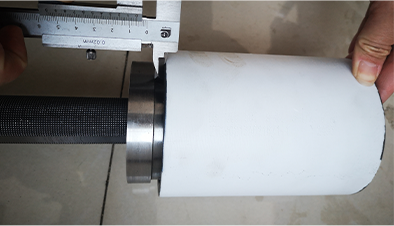- Afrikaans
- Albanian
- Amharic
- Arabic
- Armenian
- Azerbaijani
- Basque
- Belarusian
- Bengali
- Bosnian
- Bulgarian
- Catalan
- Cebuano
- Corsican
- Croatian
- Czech
- Danish
- Dutch
- English
- Esperanto
- Estonian
- Finnish
- French
- Frisian
- Galician
- Georgian
- German
- Greek
- Gujarati
- Haitian Creole
- hausa
- hawaiian
- Hebrew
- Hindi
- Miao
- Hungarian
- Icelandic
- igbo
- Indonesian
- irish
- Italian
- Japanese
- Javanese
- Kannada
- kazakh
- Khmer
- Rwandese
- Korean
- Kurdish
- Kyrgyz
- Lao
- Latin
- Latvian
- Lithuanian
- Luxembourgish
- Macedonian
- Malgashi
- Malay
- Malayalam
- Maltese
- Maori
- Marathi
- Mongolian
- Myanmar
- Nepali
- Norwegian
- Norwegian
- Occitan
- Pashto
- Persian
- Polish
- Portuguese
- Punjabi
- Romanian
- Russian
- Samoan
- Scottish Gaelic
- Serbian
- Sesotho
- Shona
- Sindhi
- Sinhala
- Slovak
- Slovenian
- Somali
- Spanish
- Sundanese
- Swahili
- Swedish
- Tagalog
- Tajik
- Tamil
- Tatar
- Telugu
- Thai
- Turkish
- Turkmen
- Ukrainian
- Urdu
- Uighur
- Uzbek
- Vietnamese
- Welsh
- Bantu
- Yiddish
- Yoruba
- Zulu
Innovative Techniques for Tubing Coupling Optimization in Pipeline Systems
Coupling for Tubing Essential Components in Oil and Gas Operations
In the oil and gas industry, tubing is a crucial element that facilitates the extraction of hydrocarbons from underground reservoirs. To ensure the efficient and safe transportation of oil and gas, various components are utilized, with coupling being one of the most vital. This article explores the significance of couplings in tubing, including their design, types, and applications.
Coupling for Tubing Essential Components in Oil and Gas Operations
There are several types of couplings used in tubing applications, each designed to meet specific requirements. One common type is the threaded coupling, which features male and female threads that securely join two pieces of tubing. This design allows for easy installation and disassembly, making it a preferred choice for temporary setups or maintenance operations. Another type is the weld coupling, where two sections of tubing are permanently joined through welding. This method provides a strong and leak-proof connection, ideal for high-pressure applications where integrity is paramount.
coupling for tubing

Next, there are also flange couplings, which use bolts to connect two flanged sections of tubing. This type offers flexibility in assembly and disassembly while ensuring a tight seal. Flange couplings are often used in large-diameter tubing systems where weight and size can pose challenges. In addition, there are specialized couplings designed for specific applications, such as through-the-tubing technology, which allows for interventions and operations within existing wells without the need for extensive rigging.
The material selection for couplings is also critical. Typically, couplings are made from high-strength steel alloys that can withstand the harsh environments encountered during drilling and production. These materials not only provide strength but also corrosion resistance, ensuring longevity and reliability even in aggressive chemical environments.
The importance of couplings extends beyond their physical characteristics. They play a significant role in the overall efficiency of oil and gas operations. Any failure in a coupling can lead to costly downtime, environmental hazards, and safety risks. Therefore, regular inspections and maintenance of couplings are essential to ensure they remain in optimal condition.
In conclusion, coupling for tubing is an essential facet of the oil and gas industry. The choice of coupling type and material directly impacts the effectiveness and safety of hydrocarbon extraction processes. As technology advances, the development of more innovative coupling solutions continues to enhance operational efficiency and reliability. Investing in quality couplings not only ensures compliance with safety standards but also contributes to the overall success of oil and gas projects. For professionals in the industry, understanding the various aspects of tubing couplings is vital in making informed decisions that safeguard both operational integrity and environmental sustainability.
-
Tubing Pup Joints: Essential Components for Oil and Gas OperationsNewsJul.10,2025
-
Pup Joints: Essential Components for Reliable Drilling OperationsNewsJul.10,2025
-
Pipe Couplings: Connecting Your World EfficientlyNewsJul.10,2025
-
Mastering Oilfield Operations with Quality Tubing and CasingNewsJul.10,2025
-
High-Quality Casing Couplings for Every NeedNewsJul.10,2025
-
Boost Your Drilling Efficiency with Premium Crossover Tools & Seating NipplesNewsJul.10,2025







